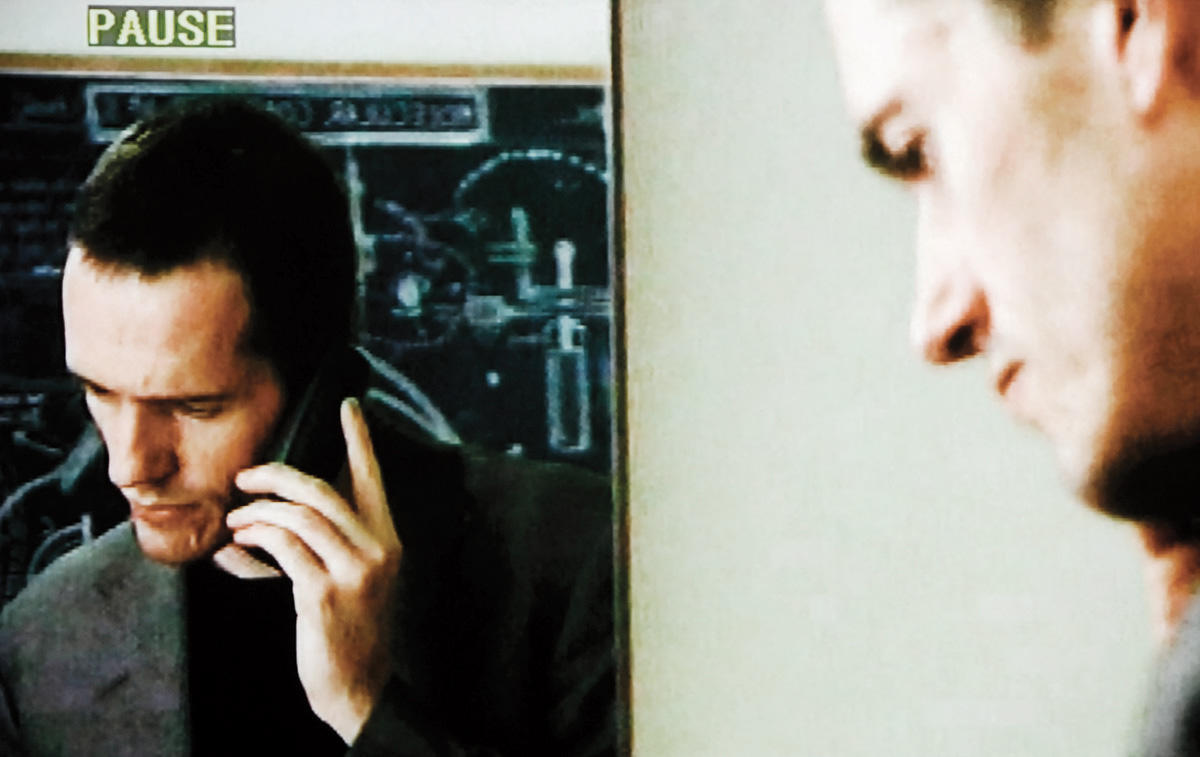
Istanbul
Lapdogs of the Bourgeoisie: Class Hegemony in Contemporary Art
Platform Garanti Contemporary Art Center
January 23–March 3, 2007
Curated by Nav Haq and Tirdad Zolghadr, Lapdogs of the Bourgeoisie was presented as a series of international shows and discussions related to the question of class hegemony. The long-term project, process- and research-oriented rather than purely an exhibition of artworks, aimed to investigate the manner in which socioeconomic background may define artists’ careers — and at what point the trajectory of their careers might reflect the hierarchical nature of class. Following the project’s debut in London, the exhibition traveled to Istanbul’s Platform Garanti, moving from there to venues in Stockholm and Cairo. In Istanbul, in particular, the show provided a space for a productive discussion about institutional critique vis-à-vis contemporary practice.
In its Istanbul incarnation, two works in particular stood out, mapping the often intimate relationship between institutions and their branding at large. Artist Annika Eriksson invited the security guard at the gallery, Fevzi Çakmak, to select works from Garanti Bank’s corporate collection for display. Marion von Osten produced a video, a kind of tableau vivant based on a recent H&M marketing piece, featuring Madonna and her crew posing on plinths in front of a white wall alongside the Platform Garanti team. A reference to the original H&M campaign, the installation was an attempt to dwell on the representation of inequality within the art world and reflect on the normalizing function of art and creative labor.
Some weeks after the opening, there was an unexpected critical attack on the show from members of the local art scene. Art critic Ahu Antmen, of the newspaper Radikal, for example, asked Eriksson whether her intent had been to portray the “low taste of a Platform employee.” Aside from the fact that it is unlikely that Eriksson ever set out with that intention, her Istanbul critics all appeared to miss the point of the work, perhaps due to the rather too-subtle nature of the artist’s institutional critique.

Around the same time, the Istanbul Modern, one of several museums in Istanbul founded by the private sector, had programmed a show titled Modern Experiences, which appeared to be an attempt to legitimatize the museum’s collection with a rather select presentation of Turkish modern art history. It served as an interesting parallel to the collaboration between Eriksson and Çakmak, providing us with the opportunity to consider how reflexive “choices” are linked to the meta-system of contemporary art practice and exhibition today. The two approaches, of the Istanbul Modern and of Eriksson, could not have offered a greater contrast: one appeared to institutionalize a particular history of painting for the new bourgeoisie, using old-school marketing strategies, while the other highlighted the class-based nature of the decision-making process involved in curating a collection (hence the controlled shock value of asking a security guard to intervene).
Lapdogs of the Bourgeoisie did give visitors a glimpse of how contemporary practice is professionalized, and how it could be a source of critical debate. But did it do enough to engage with local debates?
Though San Keller showed images of local artists’ works in their homes and at their parents’ places — hence managing to steer the discussion toward the particular context of Istanbul and raising interesting questions with regard to presentation and reception — the bulk of the exhibition failed to interrogate the specific context of Platform’s position as an exhibition space, culture, and even lifestyle.
Haq and Zolghadr have written that they aimed to map “how art institutions reproduce forms, models, and identities of ideologies, moreover legitimize the given structure through reproducing it.” But this ambition also requires monitoring the “medicine” these institutions take: today, self-administered critique functions as a sort of quick-fix pill for museums and other institutions that control the production and exhibition of art. They and the arts professionals who run them all have aches and pains from time to time, of course — but many have longer-term ills and seem determined to ignore them. One can only hope that when the show arrives in Cairo and Stockholm, it will have a more profound relationship to place, and a longer-term engagement with the tricky question of class.